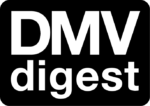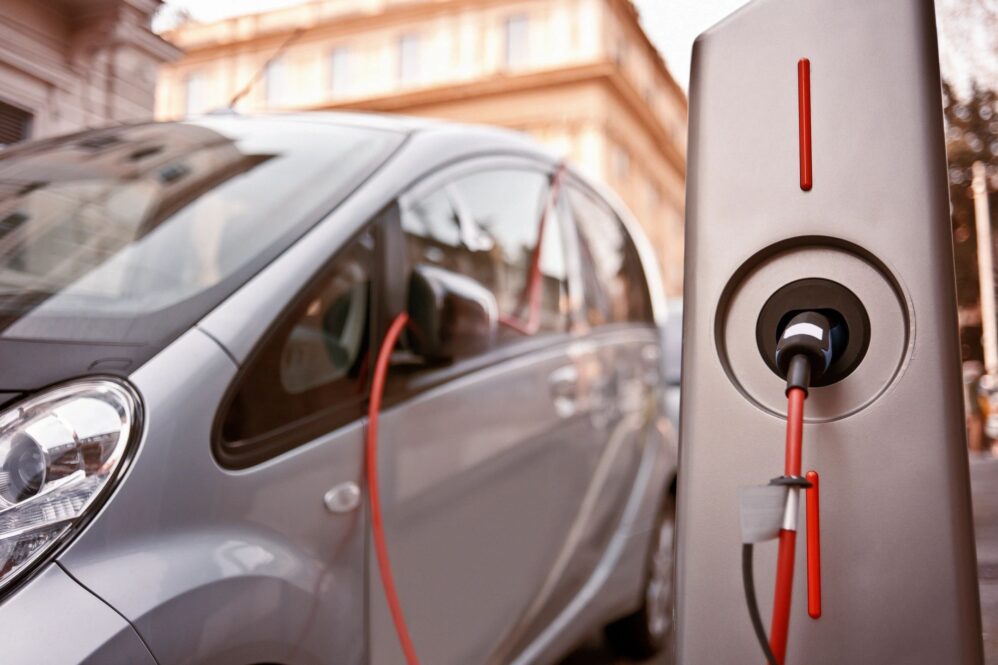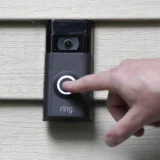MARYLAND REPORTER: When Andrea Crooms drove her rental electric vehicle (EV) to a meeting she was late to in Calvert County, she knew there were electric vehicle chargers that took a long time to charge along her route, but did not want to spend five to 10 minutes finding adequate charging. Instead, she had to find a charger near her house.
“There’s lots of dead zones,” said Crooms, the director of the Prince George’s County Department of the Environment. “The level of planning that you have to do to drive across the state right now is not really reasonable.”
Maryland’s Advanced Clean Car Regulations took effect on Sept. 18 in response to Gov. Wes Moore’s announcement of his support to phase out gas-powered passenger car and light-truck sales by 2035.
The regulation is similar to California’s ban to get rid of gas-powered cars in the next 15 years.
According to the Maryland Department of Transportation, the state has seen an increase in electric vehicles every year. However, counties across Maryland are struggling to develop the charging infrastructure the growth requires.
There are 81,000 registered electric vehicles in Maryland, though MDOT plans to have at least 300,000 registered electric vehicles by 2025, Deron Lovaas, chief of environment and sustainable transportation at MDOT, told Capital News Service. To help with the increase, the state is working with local jurisdictions on a tool that maps existing charging stations and where new charging stations can be built.
Over the past five years, EV registrations in Maryland have increased by 742% from August 2017 to August 2023, Jim Joyner, a spokesperson with MDOT, said in an email. Montgomery County has the most electric vehicles registered and Somerset has the least EVs as of August 2023.
In Maryland, there are over 1,400 EV charging stations with almost 4,000 charging ports, 819 of which are DC fast-charging ports, the quickest and most powerful option, Joyner said. Baltimore City has the most EV charging stations and Dorchester County has the least.
“There’s a dance that has to happen between the vehicles out there and charging infrastructure,” Lovaas said. “People have to feel like they can charge reliably across Maryland’s road network.”
In Montgomery County, 3% of vehicles in the county are electric, but 15% of all newly registered vehicles have been electric over the last 12 months, Brian Booher, the senior planning specialist for zero emissions for the Montgomery County Department of Environmental Protection, said.
The department offers benefits for people who purchase an electric vehicle and is also working to expand EV charging, Booher said.
At-home charging and the reliability of chargers are the county’s biggest challenges.
“This electric vehicle revolution is happening,” Booher said. “We’re going to need to be proactive in making sure that there’s enough charging infrastructure.”
Howard County is working to increase EV charging stations in future homes and multi-residential units, Howard County Executive Calvin Ball said, with a goal of at least one EV charging station for every 25 units.
The county has a goal to increase public charging to 400 charging stations by 2030 and expand to 2,600 chargers by 2045, Ball said, and is working on a geographic information system to identify areas that lack adequate access to charging stations.
“We’re trying to make sure that we are having the diversity level of charging,” Ball said. “It’s going to be a balancing act from what we have in place now and what our energy goals are.”
Prince George’s County is focused on making public facilities a place to charge, Crooms said. One of the challenges is working with the private sector for private charging.
In 2021, Prince George’s County passed a law that requires gas stations to have EV charging stations if they do not already have zoning approval, Crooms said. Another law requires new buildings and multi-unit housing with parking garages and spaces to have EV charging.
“We have such a diverse group of folks,” Crooms said. “Figuring out how charging is going to be fair and equitable in those areas where we have renters or where we have folks who simply don’t have a dedicated parking space is complicated.”
Frederick County encourages residents to take advantage of state and federal incentives, Dawn Ashbacher, climate and energy manager at Frederick County, said. The county can help residents connect to resources.
The county updated its ordinance to require new homes to have EV charging, Ashbacher said. Part of the issue is charging at multi-unit housing, existing buildings and disadvantaged communities.
The National Electric Vehicle Infrastructure Program created under the Bipartisan Infrastructure Law, gives states funding for charging infrastructure across highways, Lovaas said. The state will receive $57.5 million over the next five years to improve charging across the state.
“We’re going to see a lot more infrastructure built,” Booher said. “It’s going to make the reality of owning an electric vehicle possible for a lot of people.”










